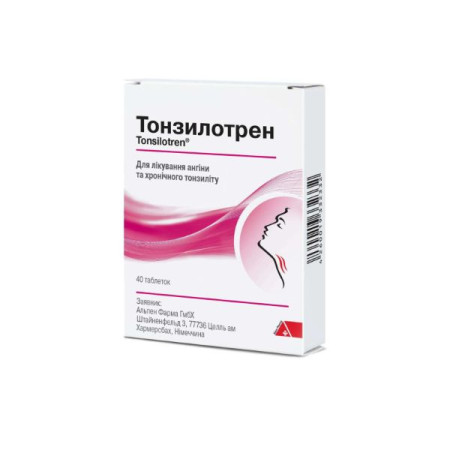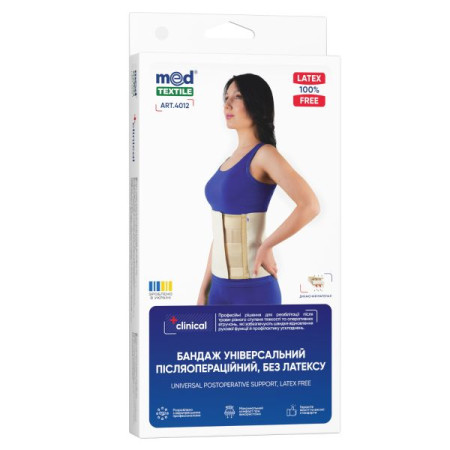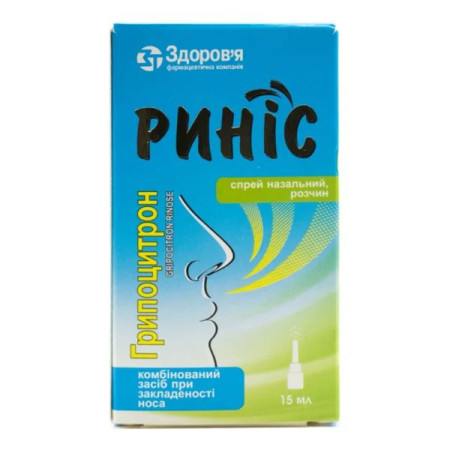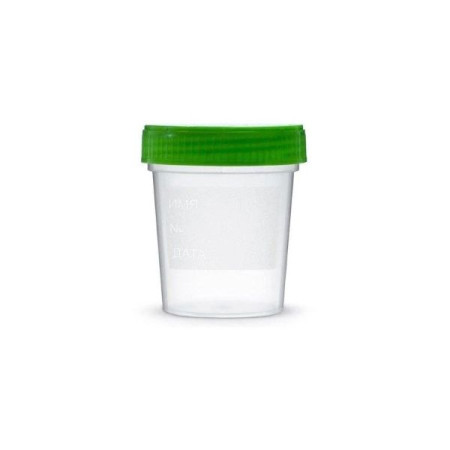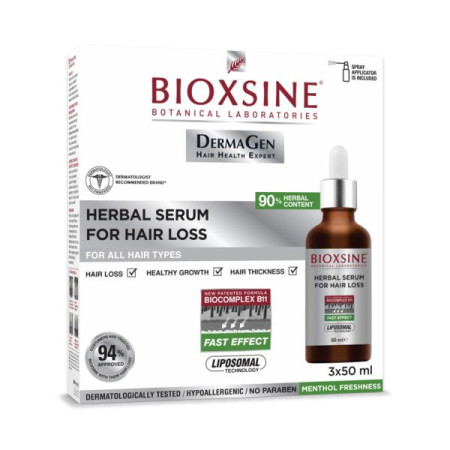Nasik spray nasal solution bottle 10 ml

Instructions for Nasik spray nasal solution bottle 10 ml
Composition
active ingredients: xylometazoline hydrochloride and dexpanthenol;
1.0 g of solution contains 1.0 mg of xylometazoline hydrochloride, 50 mg of dexpanthenol.
One spray of 0.1 ml of solution (equivalent to 0.10 g) contains 0.1 mg of xylometazoline hydrochloride and 5.0 mg of dexpanthenol;
Excipients: benzalkonium chloride solution, potassium dihydrogen phosphate, disodium hydrogen phosphate dodecahydrate, purified water.
Dosage form
Nasal spray, solution.
Main physicochemical properties:
Colorless transparent liquid.
Pharmacotherapeutic group
Anti-edematous and other rhinological preparations for topical use. Sympathomimetics, combinations, except corticosteroids.
ATX code R01A B.
Pharmacological properties
Pharmacodynamics.
Rhinological preparation, a combination of an alpha-sympathomimetic drug with a vitamin analogue for topical application to the nasal mucosa. Xylometazoline has vasoconstrictor activity, as a result of which it eliminates swelling of the mucous membrane. Dexpanthenol is a derivative of pantothenic acid (vitamin), which promotes wound healing and protects the mucous membranes.
Xylometazoline hydrochloride
Xylometazoline hydrochloride, an imidazole derivative, is an alpha-adrenergic sympathomimetic. The onset of action usually occurs after 5-10 minutes, its manifestation is the relief of nasal breathing due to the elimination of edema and improved discharge.
Dexpanthenol
Dexpanthenol (D-(+)-pantothenic alcohol) is an alcohol analogue of pantothenic acid and, due to an intermediate conversion, has the same biological activity as pantothenic acid, but only the dextrorotatory D-configuration is biologically active. Pantothenic acid and its salts are water-soluble vitamins that, like coenzymes, are involved in many metabolic processes, including promoting the synthesis of proteins and corticoids, as well as the production of antibodies. Coenzyme A is also involved in the formation of lipids, which, in particular, constitute the secretion of the sebaceous glands, which has an important protective function. In addition, coenzyme A plays a role in the acetylation of amino sugars, which are the main building blocks for various mucopolysaccharides.
Dexpanthenol protects the epithelial layers and promotes wound healing.
Pharmacokinetics.
Xylometazoline hydrochloride
In some cases, intranasal administration results in a significant amount being absorbed, causing systemic effects, such as on the central nervous and cardiovascular systems.
Pharmacokinetic data in humans are not available.
Dexpanthenol
Dexpanthenol is absorbed through the skin and undergoes enzyme-catalyzed oxidation to pantothenic acid in the body and in skin cells. The vitamin is transported into the plasma in a protein-bound form. As an important structural element, pantothenic acid combines with coenzyme A and is distributed throughout the body. Detailed studies of metabolism in the skin and mucous membranes are lacking. 60-70% of an orally administered dose is excreted in the urine and 30-40% in the feces.
Indication
- Nasal congestion during acute rhinitis;
- promoting healing of the skin around the nasal passages and damage to the mucous membrane in the nasal cavity;
- vasomotor rhinitis (rhinitis vasomotorica);
- impaired nasal breathing after surgical interventions in the nasal cavity.
Contraindication
Hypersensitivity to any of the ingredients of the drug, dry inflammation of the nasal mucosa (rhinitis sicca), acute coronary diseases, including cardiac asthma, hyperthyroidism, angle-closure glaucoma, transsphenoidal hypophysectomy and surgical interventions with exposure of the meninges in history. Concomitant treatment with MAO inhibitors and within 2 weeks after their discontinuation.
The drug is not used in children under 6 years of age.
Nasik® contains benzalkonium chloride and should therefore not be used in patients with known hypersensitivity to this substance.
Special safety measures.
This medicine should only be used after careful risk/benefit assessment:
- patients who use medications that have the ability to increase blood pressure;
- patients with increased intraocular pressure;
- patients with pheochromocytoma;
- patients with prostatic hyperplasia;
- patients with porphyria.
The drug contains benzalkonium chloride, which may cause irritation of the nasal mucosa.
Anti-edematous sympathomimetics may, especially with prolonged use or in case of overdose, lead to reactive hyperemia of the nasal mucosa.
This reversible effect leads to narrowing of the airways, forcing the patient to re-use the drug until chronic use occurs.
This leads to chronic edema (rhinitis medicamentosa) up to atrophy of the nasal mucosa (ozaena).
The drug, like other drugs in this group, should be used with caution in patients who have strong reactions to sympathomimetics, manifested in the form of insomnia, dizziness, tremor, cardiac arrhythmia, and increased blood pressure.
The recommended dose of the drug should not be exceeded, especially when treating children and the elderly.
The drug should be prescribed with caution to patients with cardiovascular diseases, arterial hypertension, diabetes mellitus, thyroid diseases, and difficulty urinating.
Nasik® is not used in children under 6 years of age. Children under 6 years of age should use a different dosage of the drug.
Each package should be used by only one person to avoid infection.
Interaction with other medicinal products and other types of interactions
Xylometazoline hydrochloride
Concomitant use of the drug with tranylcypromine, monoamine oxidase inhibitors such as tricyclic or tetracyclic antidepressants, or with β-blockers may lead to an increase in blood pressure due to the effects of these drugs on the cardiovascular system.
Use during pregnancy or breastfeeding
Nasik® should not be used during pregnancy and breastfeeding due to the lack of relevant studies.
Fertility.
There are no adequate data on the effect of the drug on fertility.
Since systemic exposure to xylometazoline hydrochloride is very low, the likelihood of an effect on fertility is extremely low.
Ability to influence reaction speed when driving vehicles or other mechanisms
When used correctly, xylometazoline has no or negligible influence on the ability to drive or use machines.
Method of administration and doses
Nasik® is used for adults and children aged 6 years and over.
For nasal use.
Nasik® should be administered as one spray into each nostril no more than three times daily. Dosage depends on individual sensitivity and clinical response.
When using Nasik®, the bottle should be held vertically. During spraying, the patient should inhale easily through the nose.
Nasik® should not be used for longer than 7 days, unless recommended by a doctor.
Regarding the duration of use in children, you should always consult a doctor.
Repeated use should be started only after a break of several days and after consultation with a doctor. The duration of treatment for children is determined by the doctor individually.
In the case of chronic rhinitis, medications can only be used under the supervision of a doctor due to the risk of atrophy of the nasal mucosa.
For bottles with a removable spray tip, remove the long protective cap before use. Unscrew the cap from the bottle and screw the spray tip onto the bottle.
Remove the protective cap from the spray nozzle. Before using the nasal spray for the first time, press the nozzle several times until a fine, even spray appears. Insert the nozzle into one nostril and press once, then repeat for the other nostril. After use, replace the protective cap on the nozzle.
Children.
Nasik® is not used in children under 6 years of age. Children from 2 to 6 years of age should use Nasik® for children.
Overdose
Symptoms of intoxication with imidazole derivatives may be clinically unclear, as periods of stimulation may alternate with periods of depression of the central nervous system and cardiovascular system.
Overdose, especially in children, may result in significant central nervous system effects, including convulsions, coma, bradycardia, apnea, and hypertension, which may progress to hypotension.
Symptoms of central nervous system stimulation include anxiety, agitation, hallucinations, and seizures.
Symptoms of central nervous system depression manifest as decreased body temperature, lethargy, drowsiness, and coma.
The following additional symptoms are possible: miosis, mydriasis, sweating, nausea, cyanosis, fever, pale skin, tachycardia, bradycardia, cardiac arrest, cardiac arrhythmia, arterial hypertension, shock-like hypotension, pulmonary edema, respiratory depression and apnea, sometimes impaired consciousness.
Overdose treatment
Severe overdose will require hospital treatment. Since xylometazoline hydrochloride is rapidly absorbed, activated charcoal (absorbent), sodium sulfate (laxative) or gastric lavage (at high doses) should be administered immediately. Blood pressure can be reduced with non-selective alpha-blockers. Vasoconstrictors are contraindicated. If necessary, antipyretics and anticonvulsants, as well as artificial respiration, are used.
Pantothenic acid and its derivatives, such as dexpanthenol, have very low toxicity. In case of overdose, no therapeutic measures are required.
Adverse reactions
Nervous system disorders: agitation, insomnia, increased fatigue, drowsiness, sedative effect, hallucinations (especially in children), headache.
Musculoskeletal and connective tissue disorders: convulsions (especially in children).
Immune system disorders: hypersensitivity reactions, including angioedema, rash, pruritus.
Visual disturbances: transient visual impairment.
Gastrointestinal disorders: nausea.
Respiratory, thoracic and mediastinal disorders: nasal mucosal discomfort, increased mucosal edema as the drug's effect decreases (reactive hyperemia), nosebleeds, dryness, burning of the nasal mucosa, sneezing.
Expiration date
3 years.
After first opening - 12 weeks.
Do not use after the expiry date stated on the packaging.
Storage conditions
Does not require any special storage conditions. Keep out of the reach of children.
Packaging
10 ml of solution in a bottle, 1 bottle together with a removable spray nozzle in a cardboard box or 10 ml of solution in a bottle, 1 bottle with a fixed spray nozzle in a cardboard box.
Vacation category
Without a prescription.
Producer
Klosterfrau Berlin GmbH.
Location of the manufacturer and address of its place of business
Motzener Strasse 41, 12277 Berlin, Germany.
Applicant: Cassella-med GmbH & Co. KG.
Applicant's location
Gereonsmühlengasse 1, 50670, Cologne, Germany/ Gereonsmuehlengasse 1, 50670, Cologne, Germany.
There are no reviews for this product.
There are no reviews for this product, be the first to leave your review.
No questions about this product, be the first and ask your question.









